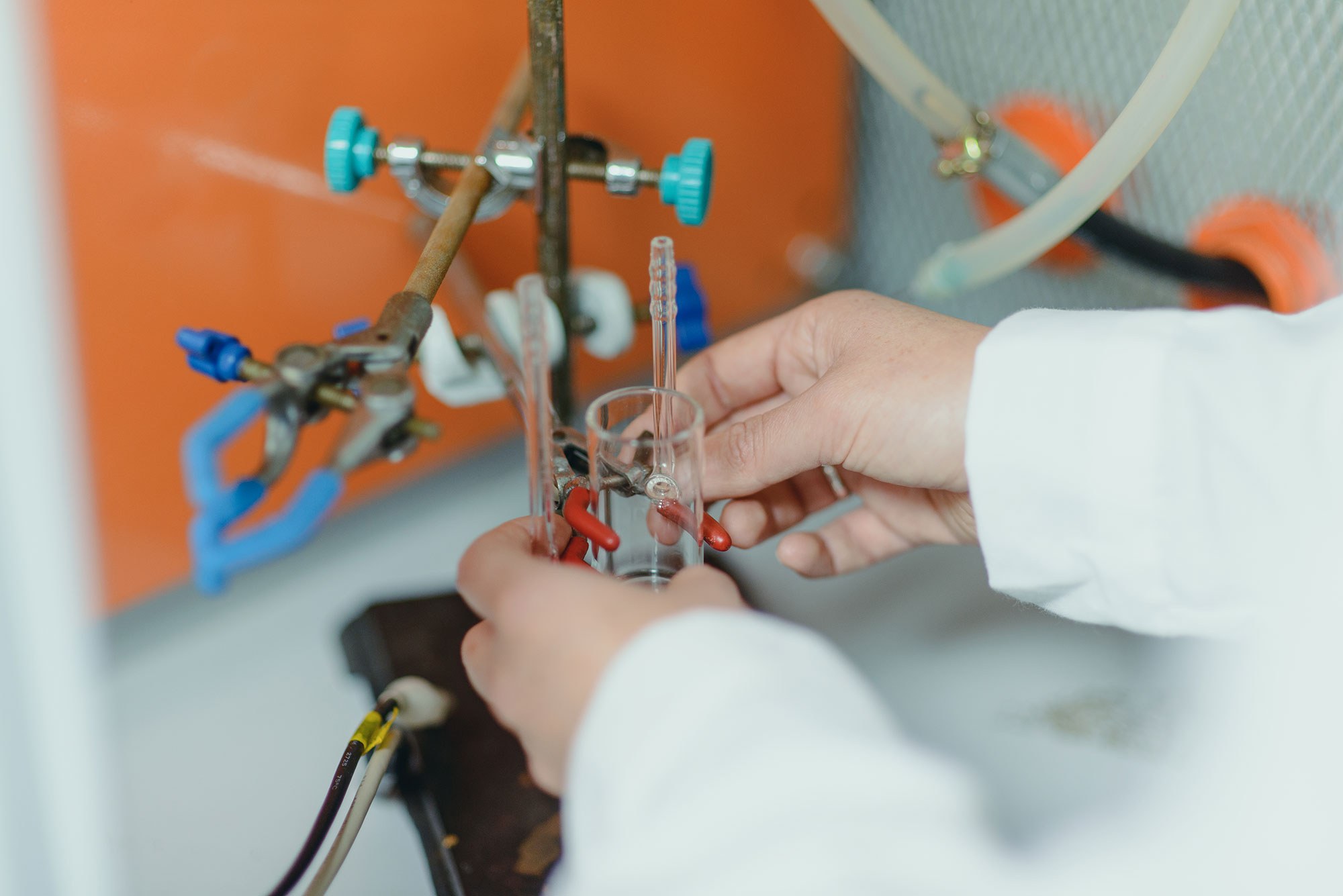Vargas, L., Valdivieso, N., Tempio, F., Simon, V., Sauma, D., Valenzuela, L., Beltrán, C., Castillo-Delgado, L., Contreras-Benavides X., Acevedo, M. L., Acevedo, J., Gonzalez, R. I., Valiente-Echeverría, F., Soto-Rifo, R., Rosemblatt, M., Lopez, M., Osorio, F. & Bono, M. R. (2022). Serological study of CoronaVac vaccine and booster doses in Chile: immunogenicity and persistence of anti-SARS-CoV-2 spike antibodies. BMC medicine, 20(1), 1-13. https://doi.org/10.1186/s12916-022-02406-0
Abstract:
Background: Chile was severely affected by COVID19 outbreaks but was also one of the first countries to start a nationwide program to vaccinate against the disease. Furthermore, Chile became one of the fastest countries to inoculate a high percentage of the target population and implemented homologous and heterologous booster schemes in late 2021 to prevent potential immunological waning. The aim of this study is to compare the immunogenicity and time course of the humoral response elicited by the CoronaVac vaccine in combination with homologous versus heterologous boosters.
Methods: We compared the immunogenicity of two doses of CoronaVac and BNT162b2 vaccines and one homologous or heterologous booster through an ELISA assay directed against the ancestral spike protein of SARS-CoV-2. Sera were collected from individuals during the vaccination schedule and throughout the implementation of homologous and heterologous booster programs in Chile.
Results: Our findings demonstrate that a two-dose vaccination scheme with CoronaVac induces lower levels of anti-SARS-CoV-2 spike antibodies than BNT162b2 in a broad age range (median age 42 years; interquartile range (IQR) 27-61). Furthermore, antibody production declines with time in individuals vaccinated with CoronaVac and less noticeably, with BNT162b2. Analysis of booster schemes revealed that individuals vaccinated with two doses of CoronaVac generate immunological memory against the SARS-CoV-2 ancestral strain, which can be re-activated with homologous or heterologous (BNT162b2 and ChAdOx1) boosters. Nevertheless, the magnitude of the antibody response with the heterologous booster regime was considerably higher (induction fold BNT162b2: 11.2x; ChAdoX1; 12.4x; CoronaVac: 6.0x) than the responses induced by the homologous scheme. Both homologous and heterologous boosters induced persistent humoral responses (median 122 days, IQR (108-133)), although heterologous boosters remained superior in activating a humoral response after 100 days.
Conclusions: Two doses of CoronaVac induces antibody titers against the SARS-CoV-2 ancestral strain which are lower in magnitude than those induced by the BNT162b2 vaccine. However, the response induced by CoronaVac can be greatly potentiated with a heterologous booster scheme with BNT162b2 or ChAdOx1 vaccines. Furthermore, the heterologous and homologous booster regimes induce a durable antibody response which does not show signs of decay 3 months after the booster dose.
Rafael González
rafael.gonzalez@umayor.cl


